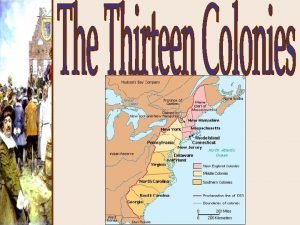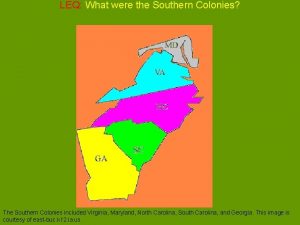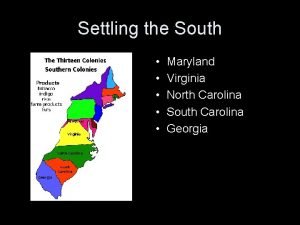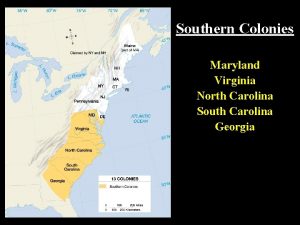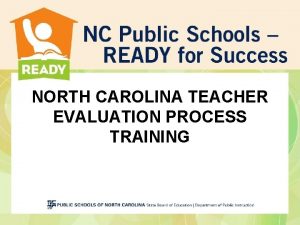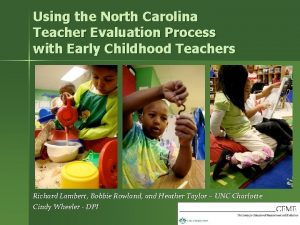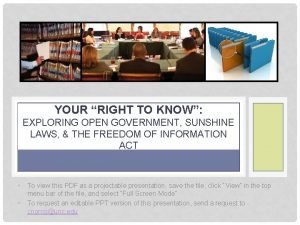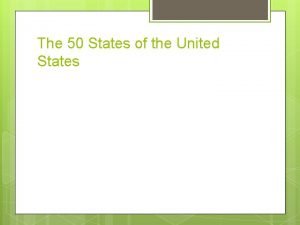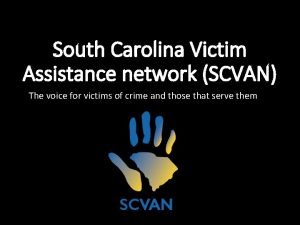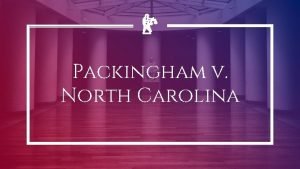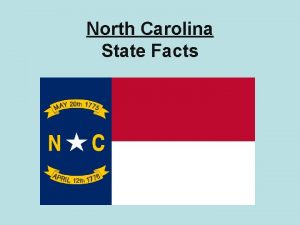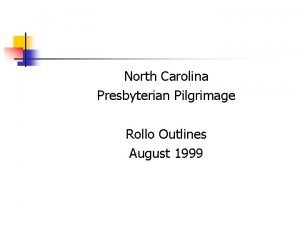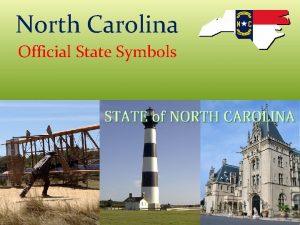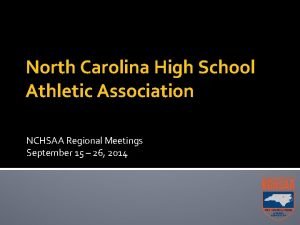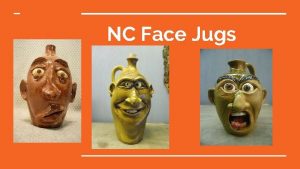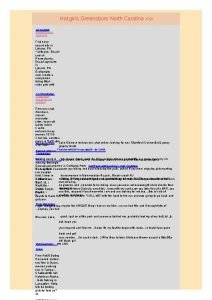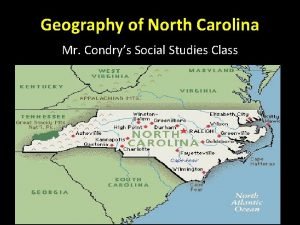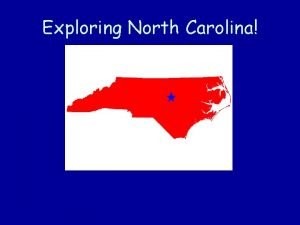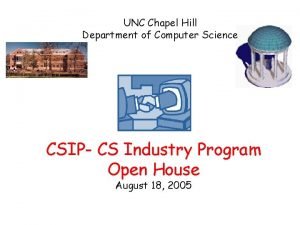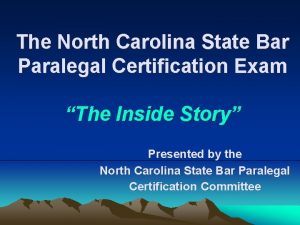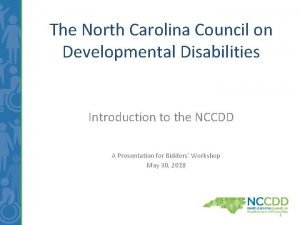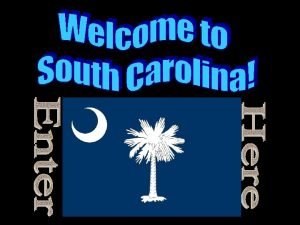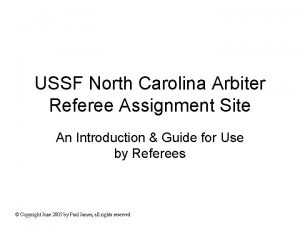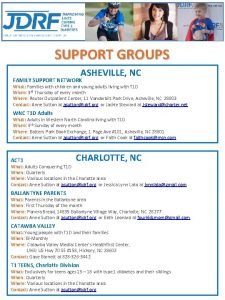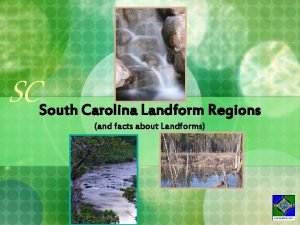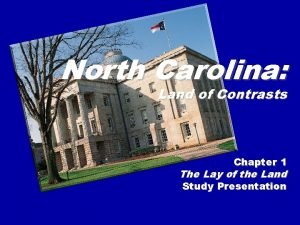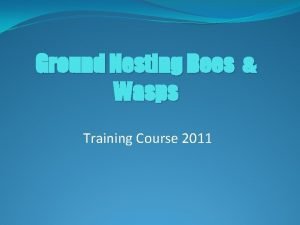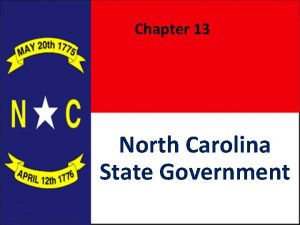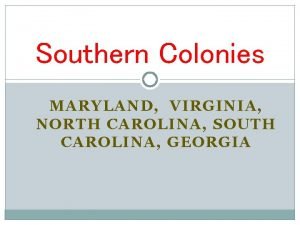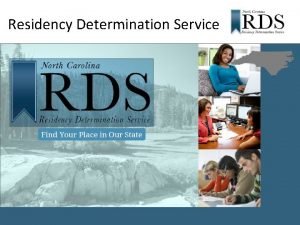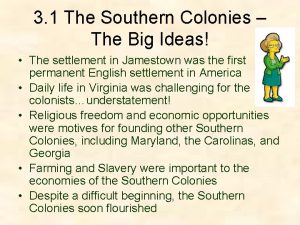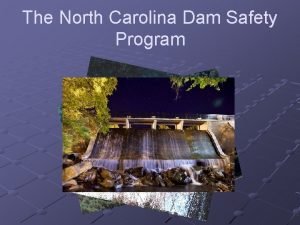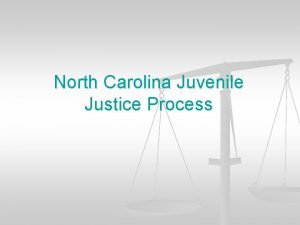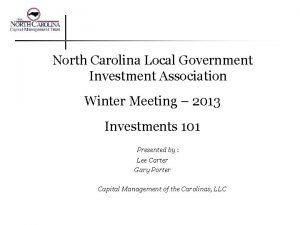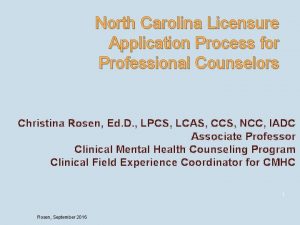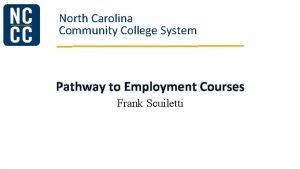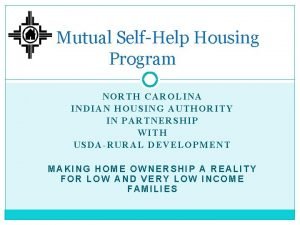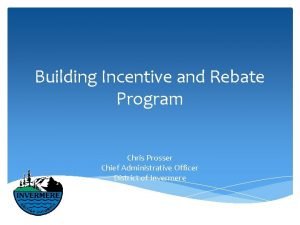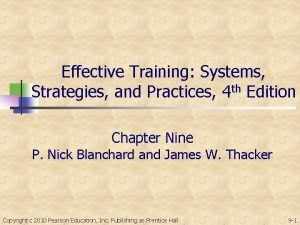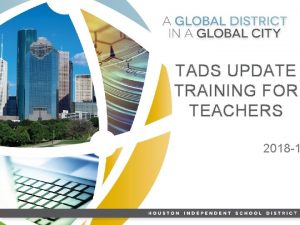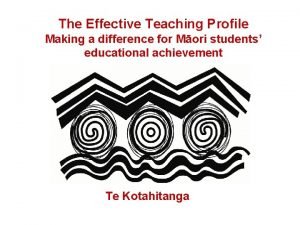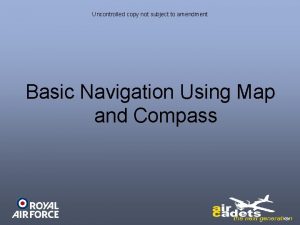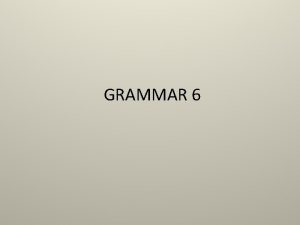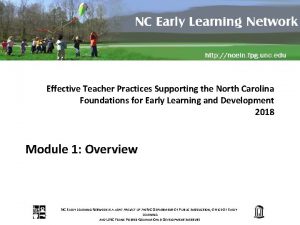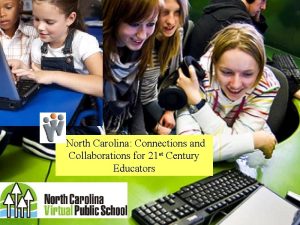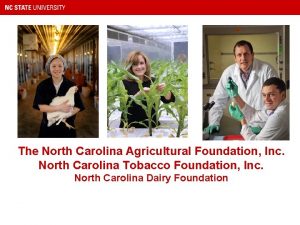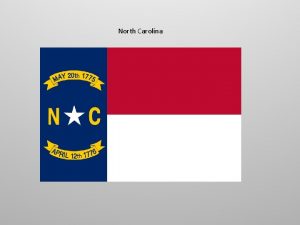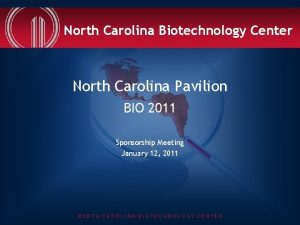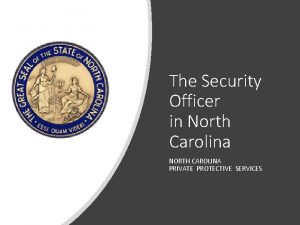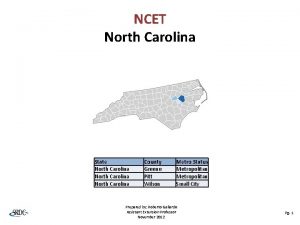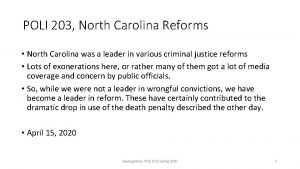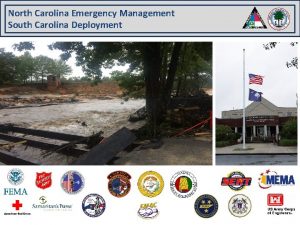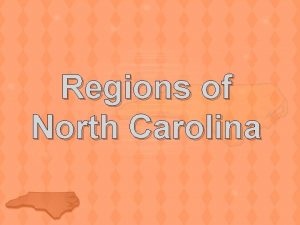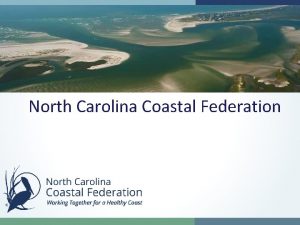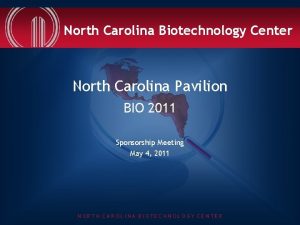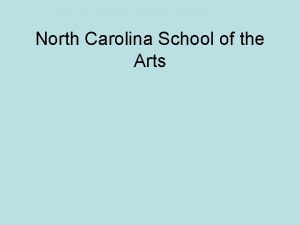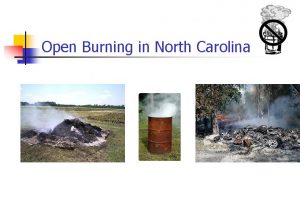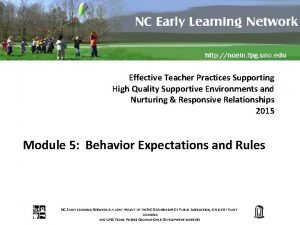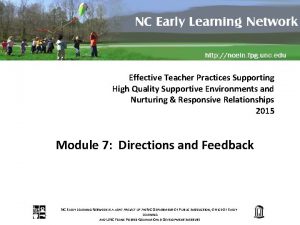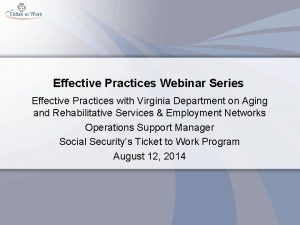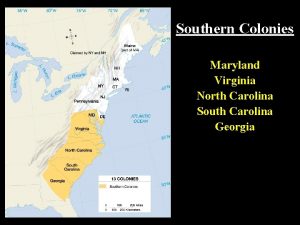Effective Teacher Practices Supporting the North Carolina Foundations







































































- Slides: 71

Effective Teacher Practices Supporting the North Carolina Foundations for Early Learning and Development 2019 Module 2: Language Development and Communication Environment NC EARLY LEARNING NETWORK IS A JOINT PROJECT OF THE NC DEPARTMENT OF PUBLIC INSTRUCTION, OFFICE OF EARLY LEARNING AND UNC FRANK PORTER GRAHAM CHILD DEVELOPMENT INSTITUTE

Review Pre-learning Assignment • Instructional Practices self-assessment • Classroom photos and/or examples • What to Look for in a High Quality, Literacy Rich, Learning Environment brochure • Classroom Inventory 2

Objectives Understand how to: • effectively use instructional practices related to the environment to promote children’s language and communication development • articulate the relationships between targeted instructional practices, NC Foundations for Early Learning and Development, and NC Professional Teaching Standards • engage families in practices related to creating environments that promote children’s language and communication development 3

Literacy Support in the Environment 4

Engaging Environment 5

Supports for All 6

Room Arrangement 7

Materials and Spaces 8

Time to Read 9

Read Often 10

Books 11

Book Recommendations for the Classroom • Review the handout Book Recommendations for the Classroom. • Complete the following sentence related to your assigned book type: When I use _______ books, it helps children learn _______. • Discuss how you use or could use this type of book in large group, small group, and individually 12

Simple Picture Books 13

Predictable Books 14

Information Books 15

Storybooks, Fables, & Fairy Tales 16

Poetry Books Intrusion/Seclusion High Mobility/Low Mobility Open/Closed Simple/Complex Hard/Soft Risk/Safety 17

Bilingual Books 18

Big Books 19

Child-created Books 20

Magazines & Catalogues 21

Alphabet & Number Books 22

Listening Center 23

Electronic or Online Books 24

Scripted Stories for Social Situations Tips for creating custom social scripts at this link: https: //starautismsupport. com/simple-social-scriptswork Scripted Stories for Social Emotional Situations – Tip Sheet here: http: //csefel. vanderbilt. ed u/scriptedstories/tips. pdf 25

Adapted Books Examples of each of these strategies may be found at: http: //www. paths toliteracy. org/mod ifying-booksstudents-multipledisabilities 26

Teacher’s Role in Library 27

Book Arrangement 28

Check-out System 29

Books Throughout the Room 30

Teacher’s Role in Centers 31

Classroom Video • Insert M 2 V 1 – Science center discussion 32

Instructional Practices Checklist 33

Teaching Standards http: //www. ncpublicschools. org/docs/effectiveness-model/ncees/standards/prof-teach-standards. pdf 34

Foundations http: //nceln. fpg. unc. edu/sites/nceln. fpg. unc. edu/files/resources/NC%20 Foundations%202013. pdf 35

Classroom Video • Insert M 2 V 1 – Science center discussion 36

i. Points 37

Relationship between Foundations and NC Standard Course of Study Kindergarten Older Preschool Listen to and discuss increasingly complex storybooks, information books, and poetry. Children participate in collaborative conversations with diverse partners about kindergarten topics and texts with peers and adults in small groups. 38

Role of Print in the Environment 39

Print-rich Environment 40

Depict Daily Routines 41

Class Rules 42

Depict Instructions 43

Activities of the Curriculum 44

Child-generated Print 45

Environment Support Writing 46

Providing a Writing Center 47

Writing Progression http: //earlylearningprogressions. fpg. unc. edu/view/3/17/28/57 48

Alphabet Models 49

Functional Print 50

Fine Motor Development 51

Dictation 52

Writing Materials in Centers 53

Teacher’s Role to Support Writing 54

Activity 55

Science Center 56

Dramatic Play 57

Literacy and Writing Centers 58

Sensory Center 59

Math Center 60

Construction and Manipulation 61

Art Center 62

Music Center 63

Outdoors 64

Creative Ways to Share Writing 65

Involve Parents in Classroom Literacy 66

Home Support for Language Development and Communication 67

Resources to Share with Parents 68

Wrap-up Activity 69

Post-Learning Activity 70

References • • • • Axelrod, Y. , Hall, A. H. , & Mc. Nair, J. C. (2015). A is for burrito and b is for sloppy joe: Creating print-rich environments for children in k-3 classrooms. Young Children, 70(4), 16 -25. Beeler, T. (1993). I can read! I can write! Creating a print-rich environment. Cypress, CA: Creative Teaching Press. Christie, J. F. , Enz, B. J. , Vukelich, C. , & Roskos, K. A. (2014). Teaching language and literacy: Preschool through the elementary grades (5 th ed. ). Boston, MA: Pearson. Clark, P. , & Kragler, S. (2005). The impact of writing materials in early childhood classrooms on the early literacy development of children from low-income families. Early Childhood Development and Care, 175(4), 285 -301. Conn-Powers, M. , Cross, A. F. , Traub, E. K. , & Hutter-Pishgahi, L. (2006). The universal design of early education: Moving forward for all children. Young Children, 61(5). Retrieved from https: //www. iidc. indiana. edu/styles/iidc/defiles/ECC_Universal_Design_Early_Education. pdf. Guernsey, L. & Levine, M. H. (2016). Getting smarter about e-books for children. Young Children, 71(2), 38 -43. Espinosa, L. M. (2013). Pre. K – 3 rd: Challenging common myths about dual language learners. Retrieved from https: //www. fcd-us. org/prek-3 rd -challenging-common-myths-about-dual-language-learners-an-update-to-the-seminal-2008 -report/ Marvin, C. A. & Ogden, N. J. (2002). A home literacy inventory: Assessing young children’s contexts for emergent literacy. Young Exceptional Children, 5(2), 2 -10. North Carolina Department of Public Instruction. (2015). North Carolina Early Learning and Development Progressions: Birth to Five Online Tool. Retrieved from https: //earlylearningprogressions. fpg. unc. edu/. Pathways to Literacy. (N. D. ). Modifying books for students with multiple disabilities. Retrieved from http: //www. pathstoliteracy. org/modifying -books-students-multiple-disabilities. Pathways to Literacy. (N. D. ). Story boxes and story boards for students with multiple disabilities. Retrieved from http: //www. pathstoliteracy. org/story-boxes-and-story-boards-students-multiple-disabilities. Ryan, T. (2015). Using mobile devices and apps to create and manage classroom libraries. Literacy Daily. Retrieved from http: //www. literacyworldwide. org/blog/literacy-daily/2015/07/31/using-mobile-devices-and-apps-to-create-and-manage-classroom-libraries Segal-Drori, O. , Korat, O. , Shamir, A. , & Klein, P. S. (2010). Reading electronic and print books with and without adult instruction: Effects on emergent reading. Reading and Writing, 23(8), 913 -930. Templeton, S. , & Gehsman, K. M. (2014). Teaching reading and writing: The developmental approach – Pre. K to grade 8. Boston, MA: Pearson. 71
 North carolina marschland
North carolina marschland What is this image
What is this image Maryland, virginia, north carolina, south carolina, georgia
Maryland, virginia, north carolina, south carolina, georgia Virginia, maryland, north carolina, south carolina, georgia
Virginia, maryland, north carolina, south carolina, georgia South carolina teacher evaluation system
South carolina teacher evaluation system Randa teacher evaluation
Randa teacher evaluation North carolina sunshine laws
North carolina sunshine laws North carolina's state motto
North carolina's state motto Nc victim assistance network
Nc victim assistance network Packingham v. north carolina
Packingham v. north carolina The state bird of north carolina
The state bird of north carolina North carolina presbyterian pilgrimage
North carolina presbyterian pilgrimage South carolina state shell
South carolina state shell Nchsaa wrestling regionals
Nchsaa wrestling regionals Nc famous landmarks
Nc famous landmarks Face jugs north carolina
Face jugs north carolina Local sluts greensboro nc
Local sluts greensboro nc Geography of north carolina
Geography of north carolina Exploring north carolina
Exploring north carolina Unc pediatric hematology oncology fellowship
Unc pediatric hematology oncology fellowship Unc ch computer science
Unc ch computer science Paralegal certification nc
Paralegal certification nc North carolina council on developmental disabilities
North carolina council on developmental disabilities Map of lighthouses in north carolina
Map of lighthouses in north carolina South carolina geographic regions
South carolina geographic regions North carolina digital government summit
North carolina digital government summit North carolina soccer referee
North carolina soccer referee Family support network of north carolina
Family support network of north carolina South carolina landforms map
South carolina landforms map Difference between watershed and river basin
Difference between watershed and river basin North carolina medical examiner toxicology
North carolina medical examiner toxicology Monadnocks/uwharries
Monadnocks/uwharries North carolina state university
North carolina state university Chapter 13: north carolina state government
Chapter 13: north carolina state government Who founded north carolina
Who founded north carolina North carolina referee association
North carolina referee association Residency determination service
Residency determination service Why was north carolina founded
Why was north carolina founded Who founded north carolina
Who founded north carolina North carolina dam safety
North carolina dam safety Undisciplined juvenile petition nc
Undisciplined juvenile petition nc Bariatric specialists of north carolina
Bariatric specialists of north carolina Local government investment pool services north carolilna
Local government investment pool services north carolilna Lpca application
Lpca application North carolina community college system jobs
North carolina community college system jobs Mutual self help housing
Mutual self help housing Mcnc north carolina
Mcnc north carolina Prosser submersible pump south carolina
Prosser submersible pump south carolina North carolina biotech companies
North carolina biotech companies Effective training systems strategies and practices
Effective training systems strategies and practices Tads hisd
Tads hisd Difference
Difference True north vs magnetic north
True north vs magnetic north North east and cumbria ics
North east and cumbria ics Chapter 14 north and south
Chapter 14 north and south The north pole ____ a latitude of 90 degrees north
The north pole ____ a latitude of 90 degrees north Requirements for erf for teacher 3
Requirements for erf for teacher 3 Good afternoon students
Good afternoon students Hát kết hợp bộ gõ cơ thể
Hát kết hợp bộ gõ cơ thể Slidetodoc
Slidetodoc Bổ thể
Bổ thể Tỉ lệ cơ thể trẻ em
Tỉ lệ cơ thể trẻ em Gấu đi như thế nào
Gấu đi như thế nào Tư thế worm breton
Tư thế worm breton Chúa yêu trần thế
Chúa yêu trần thế Các môn thể thao bắt đầu bằng tiếng chạy
Các môn thể thao bắt đầu bằng tiếng chạy Thế nào là hệ số cao nhất
Thế nào là hệ số cao nhất Các châu lục và đại dương trên thế giới
Các châu lục và đại dương trên thế giới Công thức tính độ biến thiên đông lượng
Công thức tính độ biến thiên đông lượng Trời xanh đây là của chúng ta thể thơ
Trời xanh đây là của chúng ta thể thơ Cách giải mật thư tọa độ
Cách giải mật thư tọa độ 101012 bằng
101012 bằng
